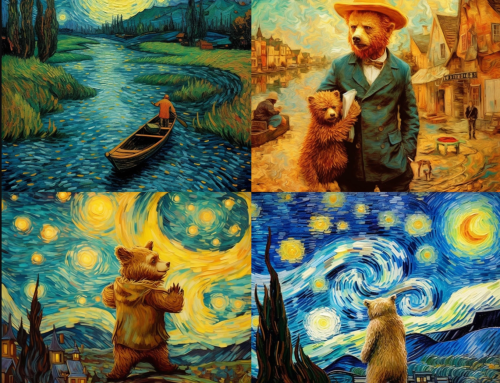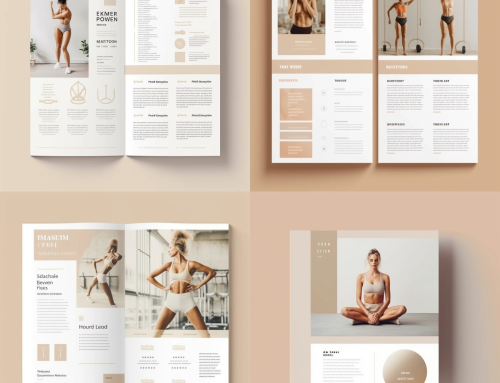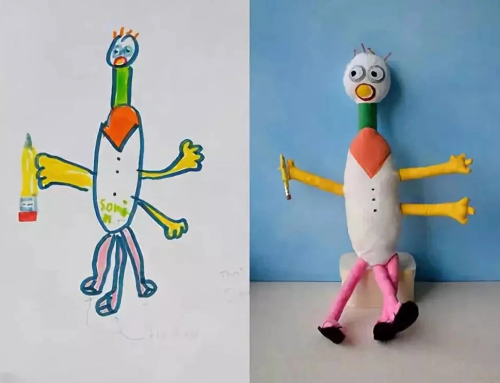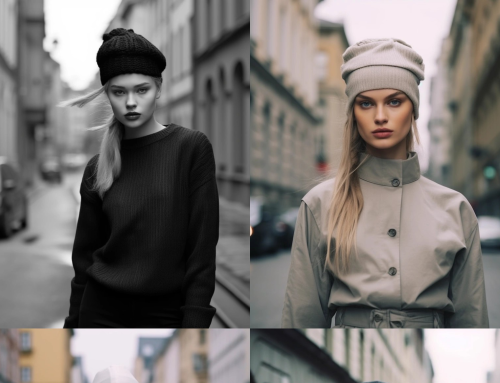Sharing food photos on social media has become a popular trend. Everyone loves to showcase their cooking skills and delicious dishes through images. However, creating mouth-watering food photos is not an easy task, and it comes with many challenges. One of the main issues is lighting. The quality of lighting directly determines the quality and effect of the photo. Sometimes, when we cook in the kitchen, the lighting may not be bright enough or there may be shadows. This can result in dark or color-distorted photos, affecting the presentation of the food. Besides lighting, post-processing is another challenge. Many people find post-processing to be time-consuming and labor-intensive, and not everyone has professional image editing skills.
Food Presentation
A Chinese dish Kung Pao Chicken
First Look at Keywords
Magic Words: Food Photography
Formula: Cuisine + Style + Scene + Food Photography
Auxiliary Words: China, France, Mexico, India, Turkey, Japan, Italy, Britain, Russia
Italian Cuisine
Italian cuisine
Examples include pizza, pasta, and gelato.
French Cuisine
Gourmet French cuisine on table. Highly detailed with 8k resolution artwork
Examples include baguettes, cream cakes, and foie gras.
Chinese Cuisine
Traditional Chinese food
Examples include Peking duck, Sichuan cuisine, Cantonese cuisine, and Hunan cuisine.
Japanese Cuisine
The unique cuisine of Japan
Examples include sushi, ramen, grilled eel, and tempura.
Mexican Cuisine
Mexican food
Examples include tortillas, burritos, and chili peppers.
Indian Cuisine
India’s unique cuisine
Examples include curry, naan bread, and Indian tea.
Turkish Cuisine
Turkish Cuisine Experience and Flavors in Bodrum
Examples include kebabs, Turkish pizza, and Turkish desserts.
Summary
Using AI to create food images has advantages such as creating diverse food images, saving time and costs, customization and adjustments, and providing creative inspiration. However, AI-generated food images may lack realism and texture, involve ethical considerations, and rely on technical and data support. In summary, using AI to create food images can provide creative options and inspiration, but it is important to be aware of its limitations and ethical issues.















